What is Digital Marketing and How It Works? A Beginner’s Guide for Startups & Small Businesses

Introduction
Are you struggling to attract customers online? Or wondering why your competitors are always ahead? This beginner’s guide to digital marketing, explained in simple words, is made just for you.
Whether you’re a small business owner or a startup founder, understanding how digital marketing helps small businesses can make or break your success. From SEO to email marketing, let’s dive into how you can harness the power of the internet to grow.
What is Digital Marketing?
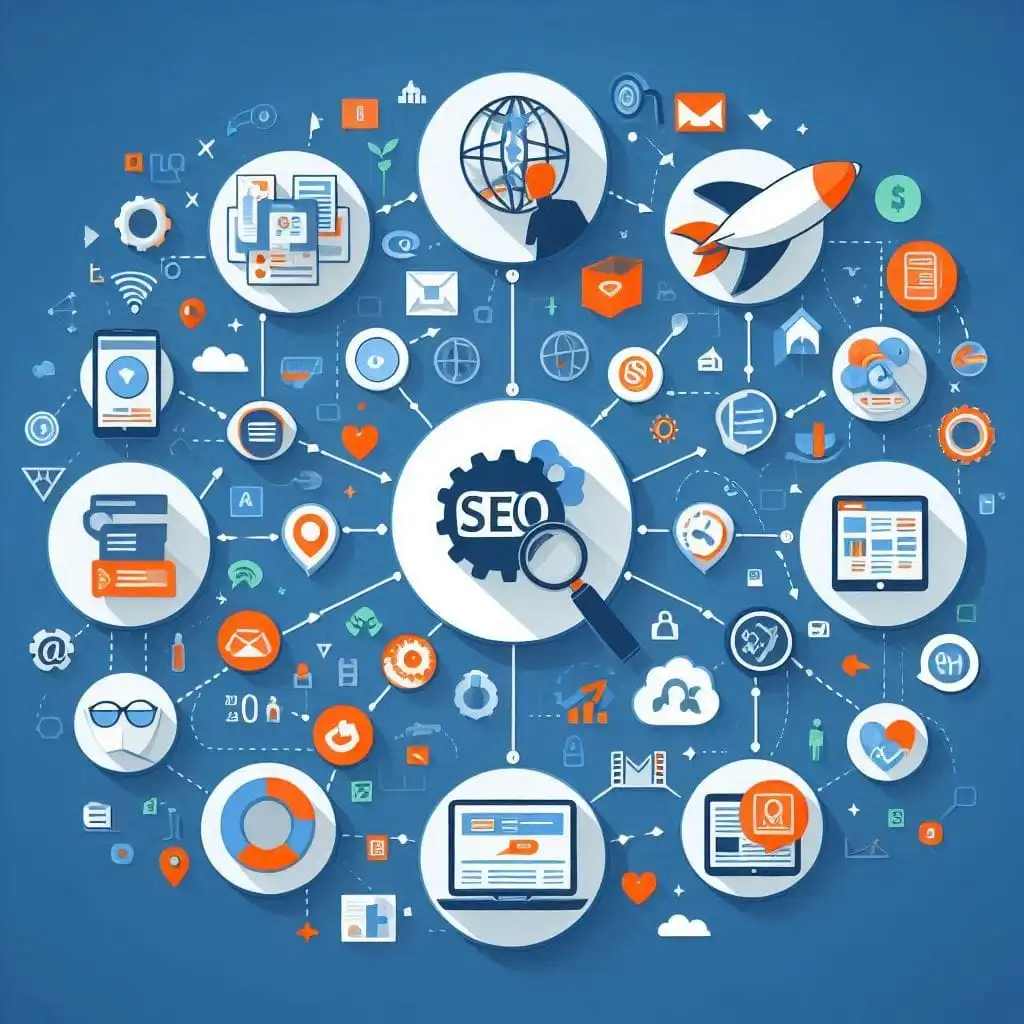
Digital Marketing Explained in Simple Words
Digital marketing is promoting your products or services using digital channels like websites, search engines, social media, and email. Imagine setting up an online shop; instead of passively waiting for customers to visit, you actively invite them using various attention-grabbing strategies.
Examples of Digital Marketing in Real Life
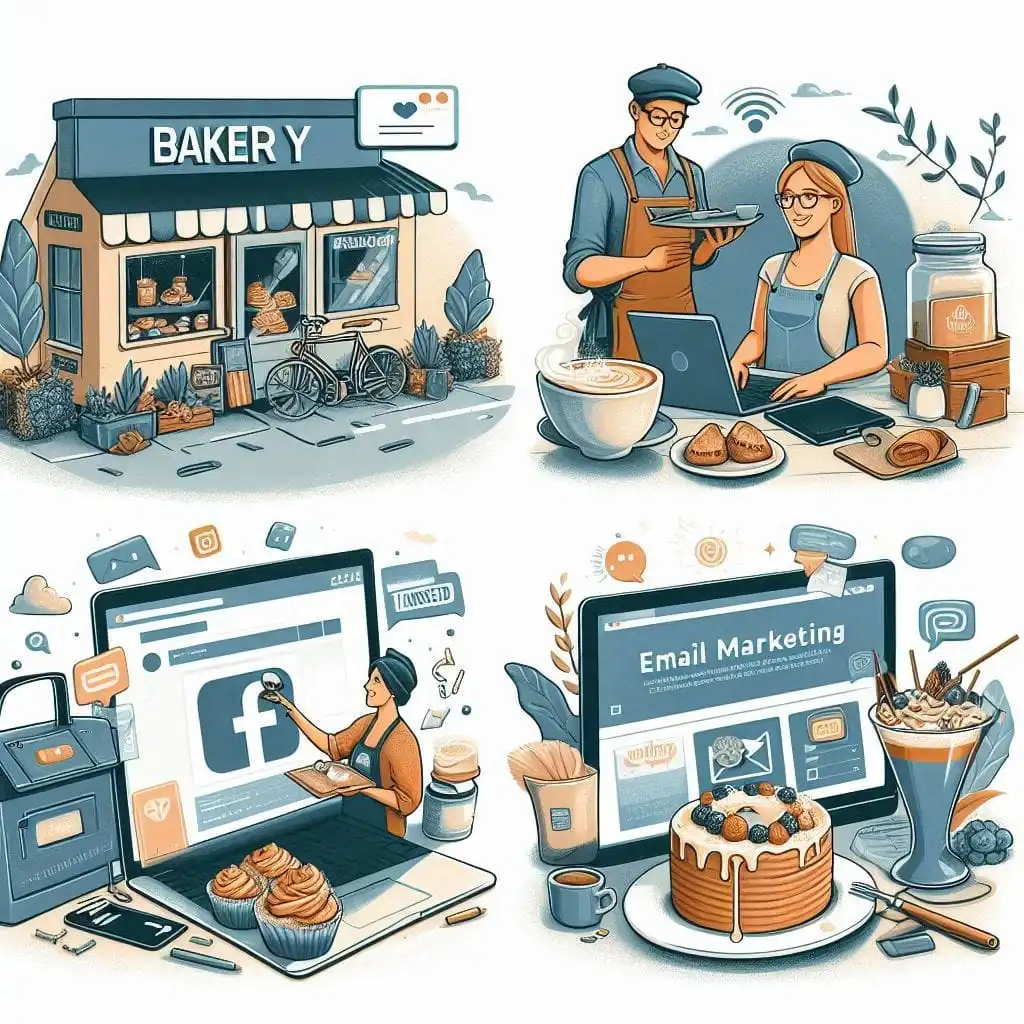
- A bakery sharing daily cakes on Instagram to attract customers.
- A freelancer using LinkedIn to land remote jobs.
- An online course creator nurturing leads via email marketing.
These are real examples of digital marketing in real life, where even a one-person business can reach thousands.
Why is Digital Marketing Important for Startups and Small Businesses?

Key Benefits That Matter Most
- Cost-effective: You don’t need a huge budget to get started.
- Measurable: Know exactly what’s working through analytics.
- Scalable: Start small and grow as your business expands.
How Digital Marketing Helps Small Businesses Compete with Your Competitor
Imagine a small café using Instagram stories to build a loyal customer base. With creative content and community engagement, they can build stronger relationships than big-name competitors.
Step-by-Step Process of Digital Marketing
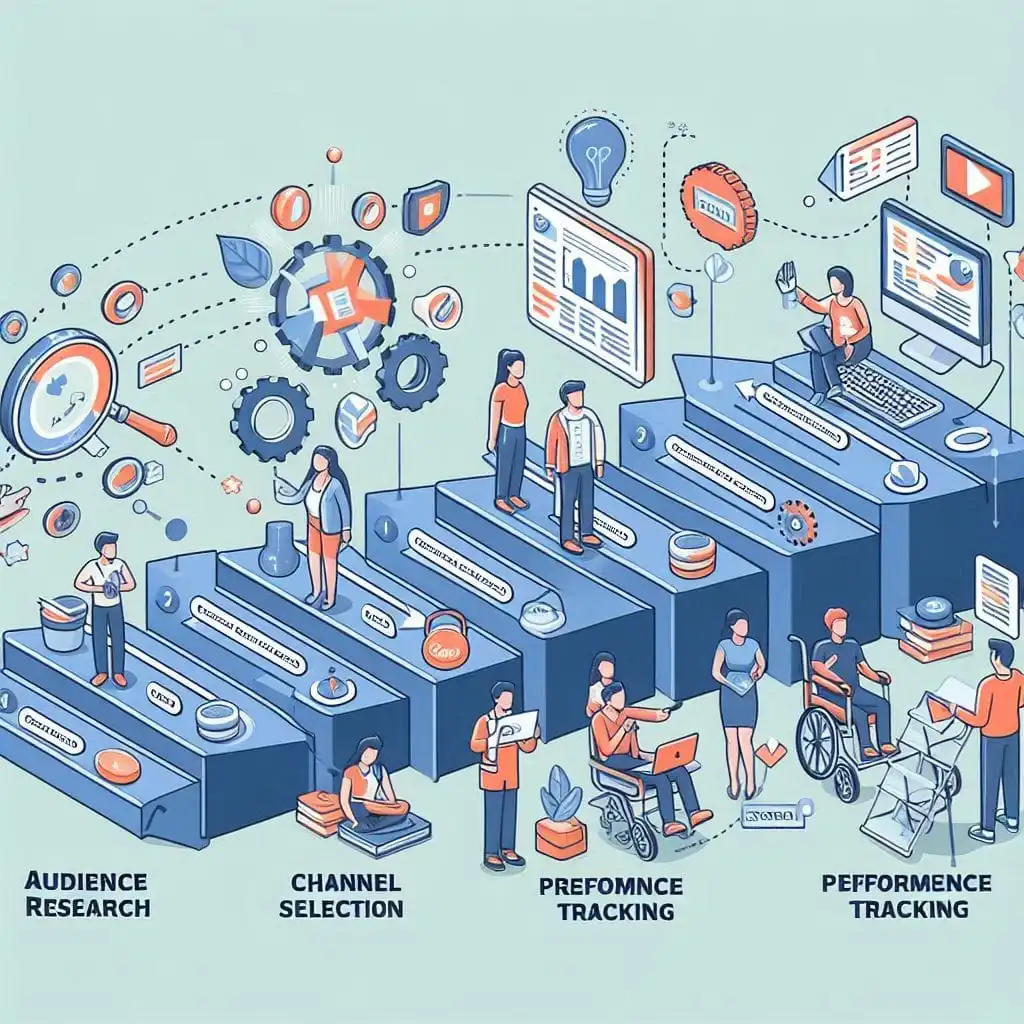
Step 1 – Understanding Your Audience
Start with who your customers are. Create personas and define their pain points.
Step 2 – Choose the Right Channels
Depending on your audience, you might use
- Search Engine Optimization (SEO)
- Social media platforms
- Email marketing
- Paid Ads (PPC)
Step 3 – Create Valuable Content
Your content should educate, entertain, or solve a problem.
Step 4 – Promote and Distribute
This is where how social media is used in digital marketing really shines. Share posts, collaborate with influencers, and run paid ads.
Step 5 – Measure and Optimize
Track KPIs (Key Performance Indicators) and tweak what doesn’t work.
How to Start Learning Digital Marketing from Scratch

Free & Paid Learning Options for Beginners
Free: YouTube tutorials, Google Digital Garage, HubSpot Academy
Paid: Coursera, Udemy, Digital Marketing Institutes
Create Your First Campaign
Pick a product or cause you care about. Try creating:
- A blog post
- An Instagram campaign
- An email newsletter
This hands-on practice is the fastest way to learn.
How SEO Works in Digital Marketing
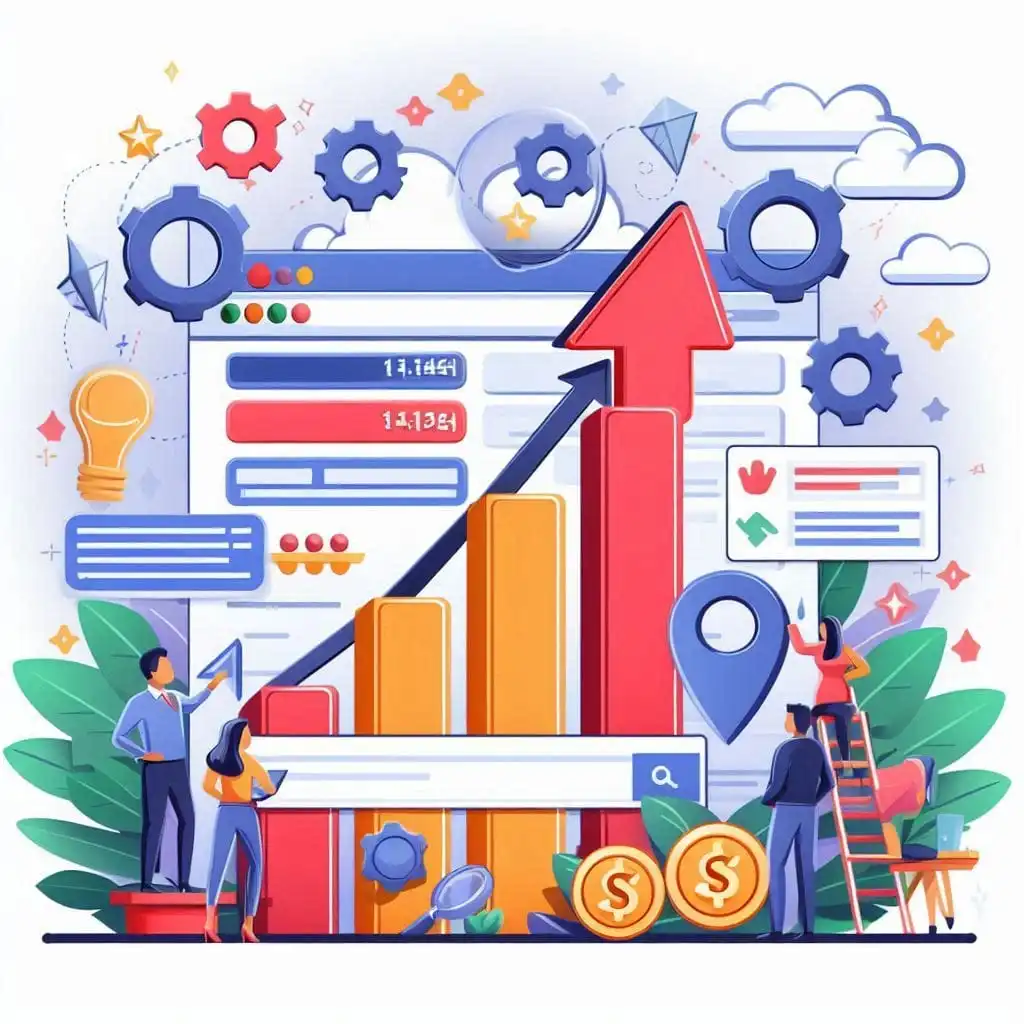
SEO in Simple Words
SEO stands for Search Engine Optimization. It’s the process of making your website show up higher in Google when people search for related topics.
Basic On-Page and Off-Page Techniques
On-page: Keywords, meta titles, internal linking
Off-page: Backlinks, guest blogging, social sharing
Real Example: Ranking a Local Bakery
A local bakery optimized its website with keywords like “best chocolate cake in Delhi,” wrote blog posts, and listed itself on Google My Business. Within 3 months, it saw a 40% increase in website traffic.
How Social Media is Used in Digital Marketing?
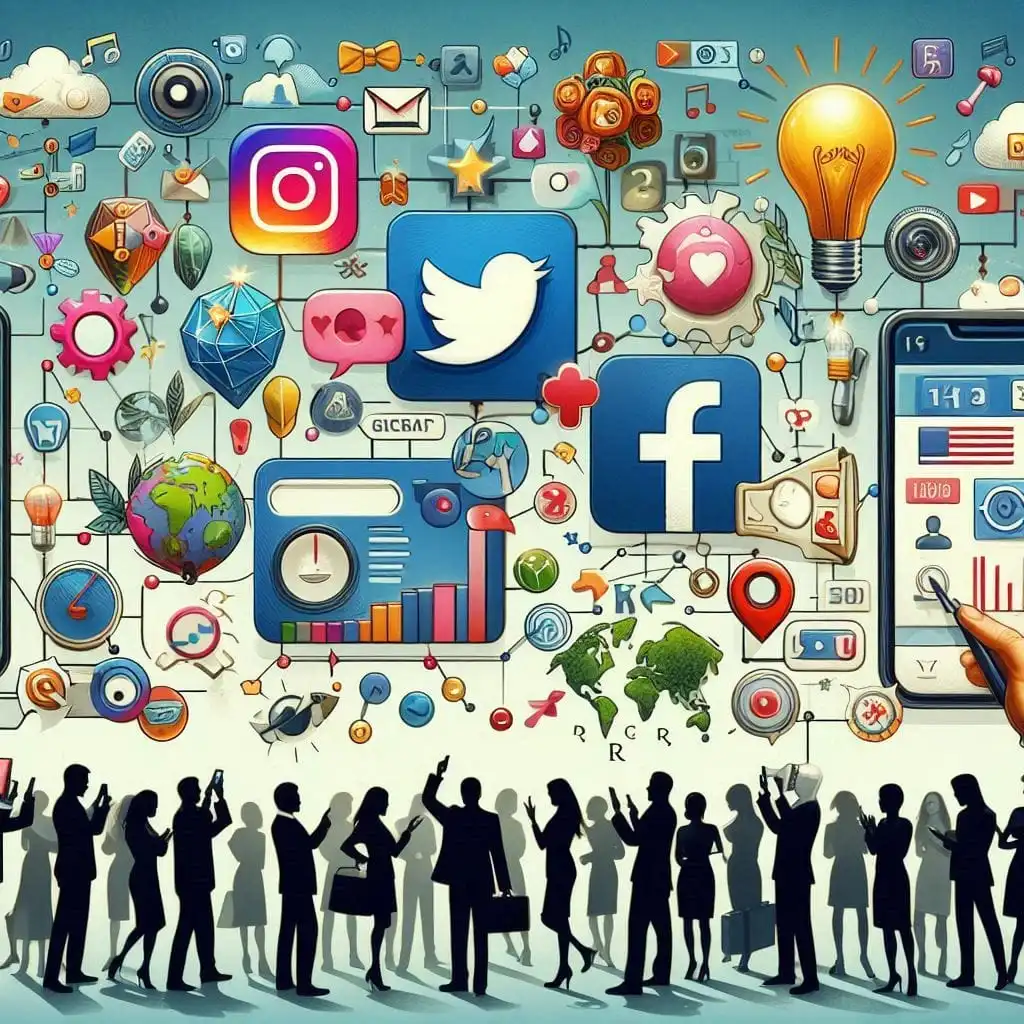
Platforms & Strategies
Instagram: Visual storytelling
Facebook: Community building
LinkedIn: B2B networking
What Works (and What Doesn’t)?
What works: Consistent posting, engaging with followers, and trending hashtags What doesn’t: Spamming, poor visuals, irregular activity
How Email Marketing Works in Digital Marketing?

The Power of the Inbox
Email lets you connect directly with your audience. You can send:
- Welcome emails
- Newsletters
- Promotional offers
Must-Have Elements of a Good Campaign
A catchy subject line
Useful, concise content
A clear Call to Action (CTA)
Important Digital Marketing Statistics

Supporting Your Strategy with Data
- SEO drives 1000%+ more traffic than organic social media (BrightEdge)
- Email marketing delivers an ROI of 4200% (DMA)
- Over 90% of startups use digital marketing to grow (Statista)
Final Thoughts—Where to Go From Here?
Start simple, stay consistent, and always keep learning. Digital marketing is not a one-size-fits-all approach but a flexible toolset that you can adapt to your business goals.
Are you ready to grow your business online? Drop a comment below, share this blog with someone who needs it.